The Best of 2016 - Are today’s F1 cars easier to drive?
For a new, end-of-year series, we've picked out some of our favourite features, interviews and videos from past 12 months. First up, we go back to February and our pre-season insight into a question almost as old as F1 racing itself - and one that has been brought into increasingly sharp focus by the rapidly declining age of the men on the grid: Were the Formula One cars of bygone eras really harder to drive than today’s hi-tech machines?
In most walks of life, making something easier to use is considered a good thing. In sport, however, it isn’t necessarily the case. Whether it’s a trampolining golf club or a more aerodynamic football, science habitually seeks to ‘improve’ things, often against a cacophony of complaint that making sport easier rather misses the point.
Is Formula One racing getting easier? Certainly it’s been accused of such in some quarters - but is it fair criticism? The reality is rather more complicated than something that can be dealt with in a simple ‘yes’ or ‘no’. The prevailing view among the sport’s professionals is that every era of Formula One - including the present - is different, and that every era has performance elements that differentiate it from those before and after…
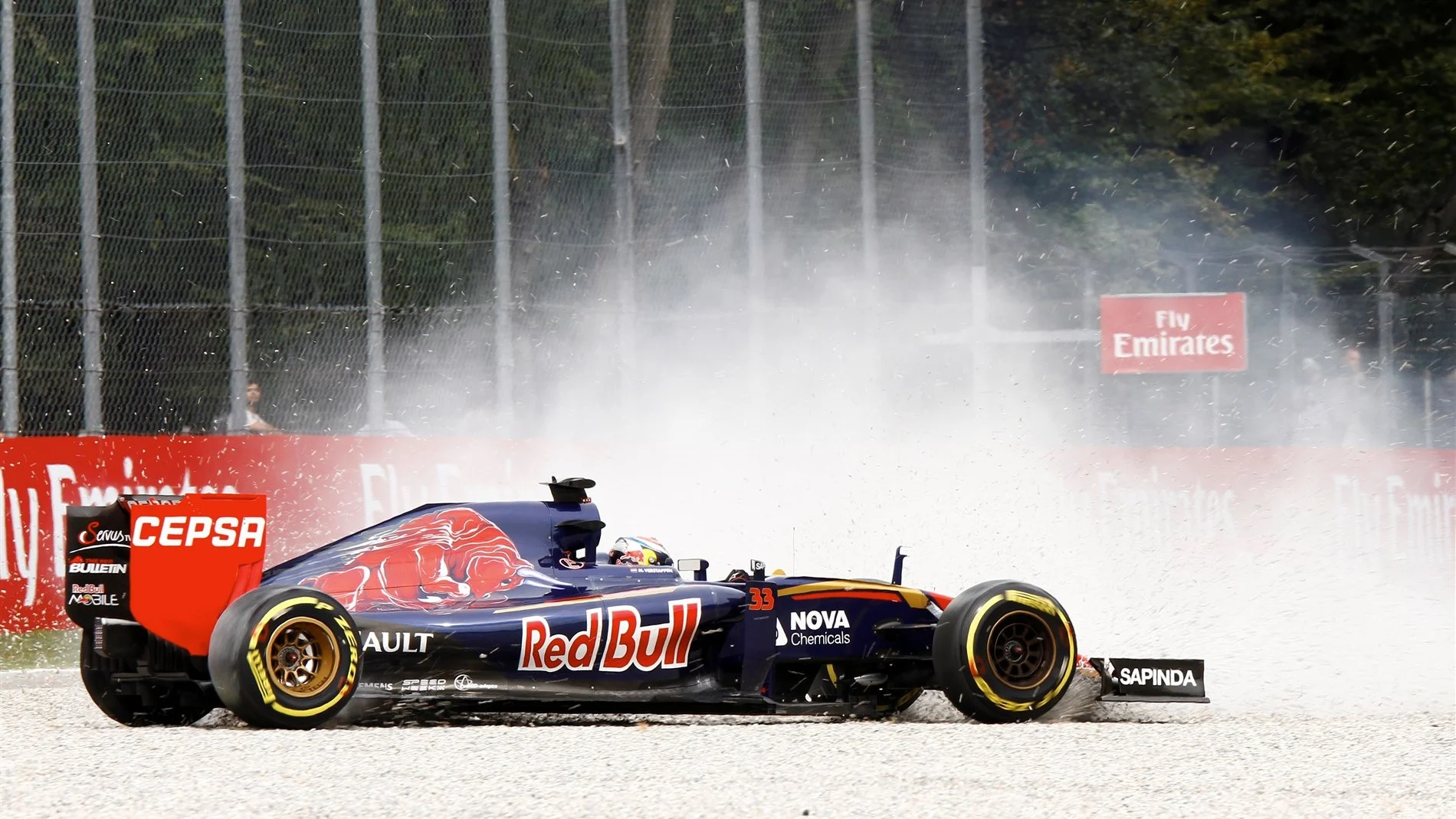
The current cars are physically easier to drive [than those from previous eras] - but they're not easier to keep on track...
The driving challenge
F1 driver-turned-commentator Martin Brundle is perhaps the person best placed to offer an informed opinion. With experience ranging from Fangio’s 1954 Mercedes 196 to the current Mercedes F1 W06 Hybrid [and much more in between], Brundle has driven 40 F1 cars at speed on race tracks. He insists the challenge has to be split into at least two components. “One is the physical aspect and one is controlling the car. When we talk ‘easy’ you have to differentiate between the two.
“The cars I found easiest to jump into and thrash were the Red Bulls with the 2.4-litre V8 engine and the blown exhausts [used from 2010 to 2013]. They stuck to the ground - even in the pouring rain. You couldn’t hit the throttle fast enough. These [2015] cars, in contrast, you can spin them off on every corner, wet or dry, with the amount of torque, the amount of instant power they’ve got from the batteries and the turbo.
“These cars are physically easier to drive - but they’re not easier to keep on the track. I’m full of admiration for the drivers in situations like a safety-car restart or half-wet/half-dry conditions. The times I’ve driven the [hybrid] Force India and Mercedes, I never felt really remotely close to understanding how much throttle I could put in. There was a massive surplus of power over grip.
“That doesn’t make for an easy racing car as far as I’m concerned. When you’ve got a massive amount of grip over power, that’s an easy racing car to drive.”

The cars I drove were more physical [than today's]. Could a Verstappen-type driver have gone quick straight away? I think he'd have struggled...
The physical challenge
On the flip side, Brundle argues the physical challenge presented by the current breed of car is diminished compared to days gone by, citing his recent test of the Force India VJM08 as an example. “I did 100km in the Force India, as fast as I could go, on slicks in the dry. I felt that I could drop the car at any point - but my neck didn’t hurt. I’m 56 years old – I shouldn’t be able to do that!”
The physical challenge of driving in F1 has probably been on the wane for 30 years - with the qualifying tyres and qualifying engines of the mid-80s turbo era being the benchmark. Classic F1 hard-man Derek Warwick, now an F1 Steward, argues the physical effort required is the main difference between the power-steering-assisted cars of today and the brutal turbo monsters of the 1980s.
“The cars I drove were more physical. You got put into this missile that had 1,350hp that you just could not change gear quick enough. I was always one of the stronger guys out there - but I thought they were tough cars to drive. Tough because of the downforce you had, tough because you were changing gear all time - no paddle-shift - and mostly tough because the power of the car was just enormous.
“Could a [Max] Verstappen-type driver [i.e. a teenager] have jumped into our cars and gone quick straight away? I think he would have struggled. I’m not saying it isn’t difficult today, merely that it’s very different. That said, great drivers are great drivers in any era. We’re talking about the best drivers in the world. They’d adapt.”
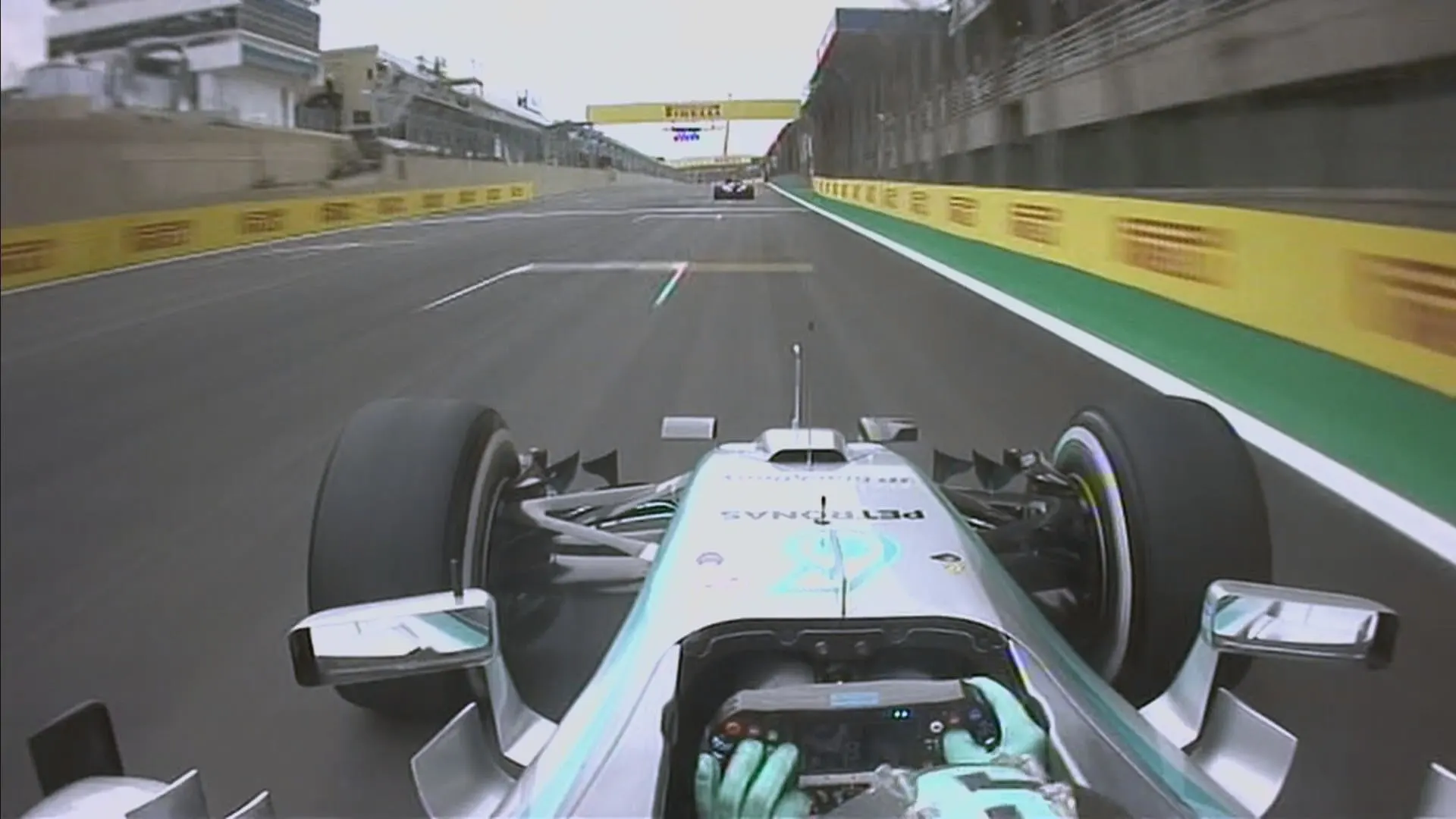
Just watch the in-car camera to see the messages the drivers get, the amount of management they have to do. From that point of view, the current cars probably are a little more difficult to drive [than in the past]
The mental challenge
One argument often made regarding F1 racing’s greatest is that they simply have more time than other drivers, devoting less of their mental effort to the immediate act of controlling the car, freeing up capacity to consider the bigger picture. The modern F1 car squeezes that capacity, filling the driver's lap with tasks to perform - in essence fine-tuning the car for each corner. Now another layer has been added: the driver has management of the power unit to consider as well, overseeing fuel flow, battery storage and energy deployment. Managing the car and driving the car go side by side.
Rob Smedley, head of vehicle performance for Williams, argues that modern cars are probably easier to drive than they once were, but balances that by acknowledging car management is becoming more and more complex. “These power units are extremely complicated. Just watch the in-car camera to see the messages the drivers get, the amount of management they have to do. From that point of view, they’re probably are a little more difficult to drive - but the cars being easier to control, means they can do that.”
The technical challenge
There is an argument that giving drivers buttons to push in some way lessens F1 racing. Martin Brundle strongly disputes the notion. “I personally believe Senna and Schumacher would have loved these [current] cars because there’s so much latent potential and performance on your own steering wheel, with differentials, with braking, with the power modes and so on. The clever drivers will be maximising that.”
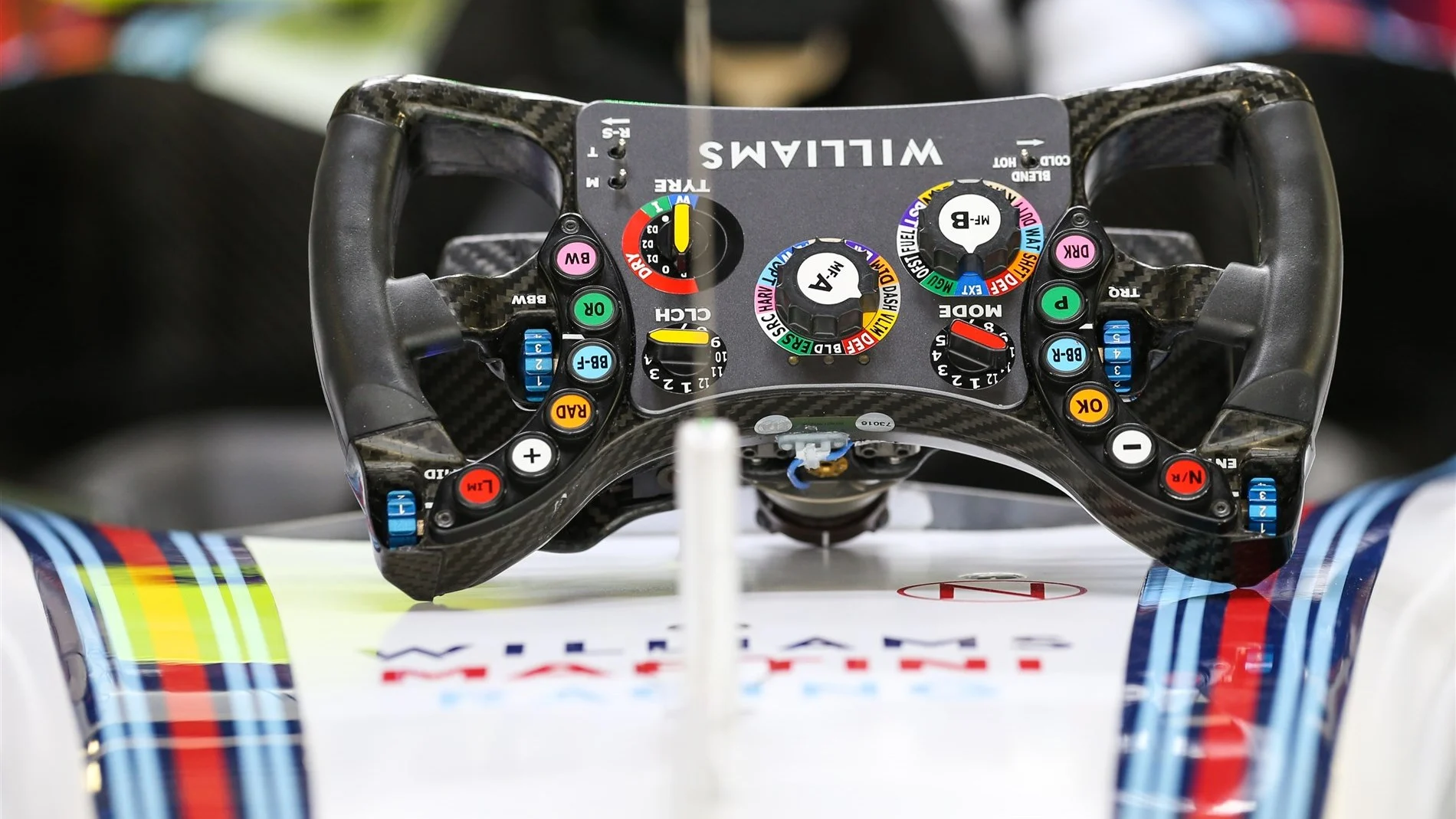
The multitasking that we have to do, maximising everything with the tools we have... It’s at least as difficult now [as it was in the past] to squeeze out the last hundredth
With 57 Grands Prix to his name, Valtteri Bottas is still at the start of his career but driving for Williams the Finn also gets seat time in the classic cars of the Williams Heritage collection. Williams have some funny ideas about their museum pieces - they believe the best way to conserve the cars of Jones, Piquet, Mansell et al is to put them on track and drive them as hard as ever - which is why when Bottas steps into Keke Rosberg’s FW08, he does so knowing the car has been stripped, rebuilt and prepared with the same rigour as his usual FW37. The notion that modern cars are easier to drive makes him grin.
“They are very different. Some things are more difficult in the 1982 car: changing gear, using the clutch, getting everything perfect while braking - the cars aren’t at the level we’re at now. But the multitasking that we have to do now, maximising everything with the tools we have, to go further, find more performance, extract the last fraction of lap time… No, I don’t agree that it was more difficult to drive a quick lap time in the past. It’s at least as difficult now to squeeze out the last hundredth. It’s not so simple!”
And this is as good an answer as there is. F1 racing is different today: of course it is, because the sport reinvents itself every 12 months; F1 racing is less physical: yes - because a lot of effort goes into making cars more driveable because that makes them faster; F1 racing requires greater mental acuity - because there are so many extra parameters for the driver to control, and F1 racing is just as great a technical challenge as it always was - because the vast effort once given to getting the car around the lap is now spent stretching for and ultimately grasping that last ounce of performance.
In short: it’s a different challenge, not an easier examination.
Next Up
Related Articles
 This Week in F110 quiz questions on the Abu Dhabi title decider
This Week in F110 quiz questions on the Abu Dhabi title decider Sainz hopes point-less finish in Abu Dhabi ‘serves as a wake-up call’
Sainz hopes point-less finish in Abu Dhabi ‘serves as a wake-up call’ Tsunoda's best moments in F1 as he departs the grid
Tsunoda's best moments in F1 as he departs the grid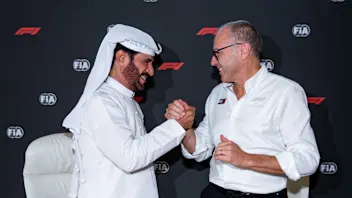 F1, the FIA and 11 teams sign 2026 Concorde Agreement
F1, the FIA and 11 teams sign 2026 Concorde Agreement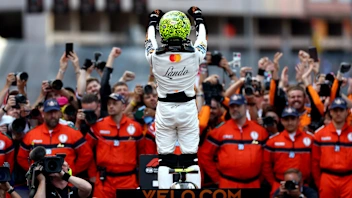 PalmerThe 6 defining moments of Norris’ title-winning season
PalmerThe 6 defining moments of Norris’ title-winning season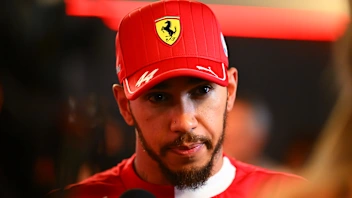 Hamilton 'doesn't have a mindset' for 2026 after tricky year
Hamilton 'doesn't have a mindset' for 2026 after tricky year